The foreign exchange (Forex) market is a vast and complex world of trading, and understanding its structure can be daunting for a beginner. However, having a good grasp on the inner workings of the Forex market can be critical to successful trading. In this article, we'll explore the structure of the Forex market and explain how it works, so that you can make informed decisions when trading currencies. The Forex market consists of a vast network of participants, ranging from large banks and financial institutions to individual retail traders. Together, they form an interconnected web of buyers and sellers in the global currency market.
To understand how this works, it's important to understand the different players involved, the various types of transactions that take place, and the key factors that influence the market. The Forex market is made up of a variety of participants, including central banks, commercial banks, hedge funds, retail traders, and more. Each participant has different motivations for trading in the Forex market, from hedging risk to seeking profits from speculation. The primary instruments traded in the Forex market are foreign exchange (FX) pairs, which are composed of two different currencies. For example, the EUR/USD currency pair is composed of the euro and the US dollar.
The value of one currency is determined by its exchange rate against another currency. The Forex market is highly regulated by global regulatory bodies such as the Financial Conduct Authority (FCA) in the UK and the Commodity Futures Trading Commission (CFTC) in the US. These regulatory bodies are responsible for setting rules and standards that all participants must adhere to in order to ensure a fair and orderly market. In addition, there are various financial products available in the Forex market, such as spot contracts, forwards, swaps, options, and more.
These products enable traders to gain exposure to different currencies without having to own them directly. Finally, technology has had a major impact on the structure of the Forex market. Electronic trading platforms have allowed retail traders to access the Forex market from anywhere in the world with just a computer and an internet connection. This has created a much more accessible and liquid market than ever before.
Participants in the Forex Market
The participants of the Forex market are varied and include central banks, commercial banks, hedge funds, retail traders and more.Central banks are responsible for issuing currency and managing foreign exchange reserves. They also influence monetary policy in order to meet their specific economic goals. Commercial banks are financial institutions that provide services to customers, such as lending and deposit-taking. These banks typically engage in market-making activities by trading currencies for their own account.
In addition, they may provide currency conversion services to their customers. Hedge funds are investment funds that use sophisticated strategies to generate returns. These funds often trade in the Forex market as part of their investment strategy. Retail traders are individual investors who trade through online brokerages. They often use leverage to increase their exposure to the market. The Forex market is also a source of liquidity for other financial markets, including stocks, bonds, commodities, and derivatives.
Investment banks, insurance companies, pension funds, and mutual funds are some of the institutions that use the Forex market to manage their investments. Finally, there are specialized investment firms that offer services such as money management, analysis, and trading advice to institutional and retail clients. These firms typically use proprietary trading systems or automated trading algorithms to generate profits from the Forex market.
Regulation of the Forex Market
The Forex market is a highly regulated space, with different regulatory bodies ensuring that the market remains fair and orderly. The two main regulators in the Forex market are the Financial Conduct Authority (FCA) in the UK and the Commodity Futures Trading Commission (CFTC) in the US. The FCA is responsible for ensuring that all firms providing financial services in the UK adhere to the strict rules and regulations set by the organization.The CFTC, on the other hand, is responsible for regulating the futures, options, and derivatives markets in the US. It also ensures that all participants in these markets comply with applicable regulations. These two regulatory bodies have implemented various rules and regulations that all market participants must adhere to in order to maintain a fair and orderly market. These rules include restrictions on leverage, margin requirements, and trading practices such as hedging and scalping. In addition, both organizations also require brokers to meet certain capital requirements in order to protect their customers' funds. This ensures that brokers have enough money to cover their trading positions even if they experience unexpected losses. Furthermore, both organizations also require brokers to provide their customers with comprehensive information about their products and services so that they can make informed decisions when trading.
In addition, both organizations have also established complaint procedures so that traders can report any issues they may have with their brokers. Finally, both organizations regularly monitor broker activities and take action if any irregularities are found. This helps to ensure a fair and secure trading environment for all market participants.
Instruments Traded in the Forex Market
The Forex market is a complex and ever-changing environment, and understanding its structure is essential for successful trading. This section will discuss the various instruments that are traded in the Forex market, including FX pairs, spot contracts, forwards, swaps, options, and more. Forex pairs are the most common instrument traded in the Forex market. A Forex pair is the simultaneous purchase of one currency and sale of another, which allows traders to speculate on the relative strength of the two currencies.The most commonly traded Forex pairs are the EUR/USD, GBP/USD, USD/JPY, and USD/CHF. Spot contracts are another type of instrument traded in the Forex market. These contracts involve the immediate exchange of one currency for another at a specified price on the spot date. The price of a spot contract is typically determined by the current exchange rate at the time of the transaction. Forwards are contracts that involve a forward exchange of currencies at a specified rate on a specified date in the future. These contracts allow traders to protect themselves against currency fluctuations in the future.
Forwards can also be used for speculative purposes. Swaps are agreements to exchange one currency for another at an agreed-upon rate on a specified date in the future. They are typically used by investors to hedge their risk when trading in the Forex market. Options are contracts that give buyers the right, but not the obligation, to buy or sell a currency at a predetermined price on or before a specific date in the future. Options can be used as a form of insurance against losses due to currency fluctuations. These are just some of the instruments traded in the Forex market. Each has its own unique characteristics and risks, and it is important to understand these before trading.
Impact of Technology on the Forex Market
The introduction of technology to the Forex market has had a major impact on its structure, making it much more accessible and liquid.As the technology and infrastructure used to facilitate Forex trading has advanced, the market has become more efficient and user-friendly. Through the use of automated trading systems, traders can now access markets from anywhere in the world with just a few clicks. This has led to the emergence of online brokers, who provide access to the market at a fraction of the cost that was previously associated with traditional brokers. In addition, the use of electronic communication networks (ECNs) has enabled traders to execute large orders with minimal slippage.
The impact of technology on the Forex market goes beyond just making it more accessible. It has also improved liquidity, as more buyers and sellers are able to participate in the market. This is partly due to the fact that technology has enabled traders to make informed decisions quickly, which in turn reduces volatility and increases liquidity. In conclusion, technology has had a major impact on the structure of the Forex market by making it more accessible and liquid.
By providing traders with access to markets from anywhere in the world, enabling them to execute large orders with minimal slippage and improving liquidity, technology has revolutionized how people trade currencies. In conclusion, understanding the structure of the Forex market is essential for anyone looking to become a successful trader. By learning about its participants, instruments traded, regulations governing it, and how technology has impacted it, traders can gain insight into how this complex yet fascinating market works. With this knowledge, they can make informed decisions and develop the strategies needed to succeed in the Forex market. The Forex market is an ever-changing environment and traders must stay up to date with the latest developments in order to remain competitive.
By familiarizing themselves with the various aspects of the Forex market structure, traders can gain a deeper understanding of the market and develop the skills needed to achieve success.
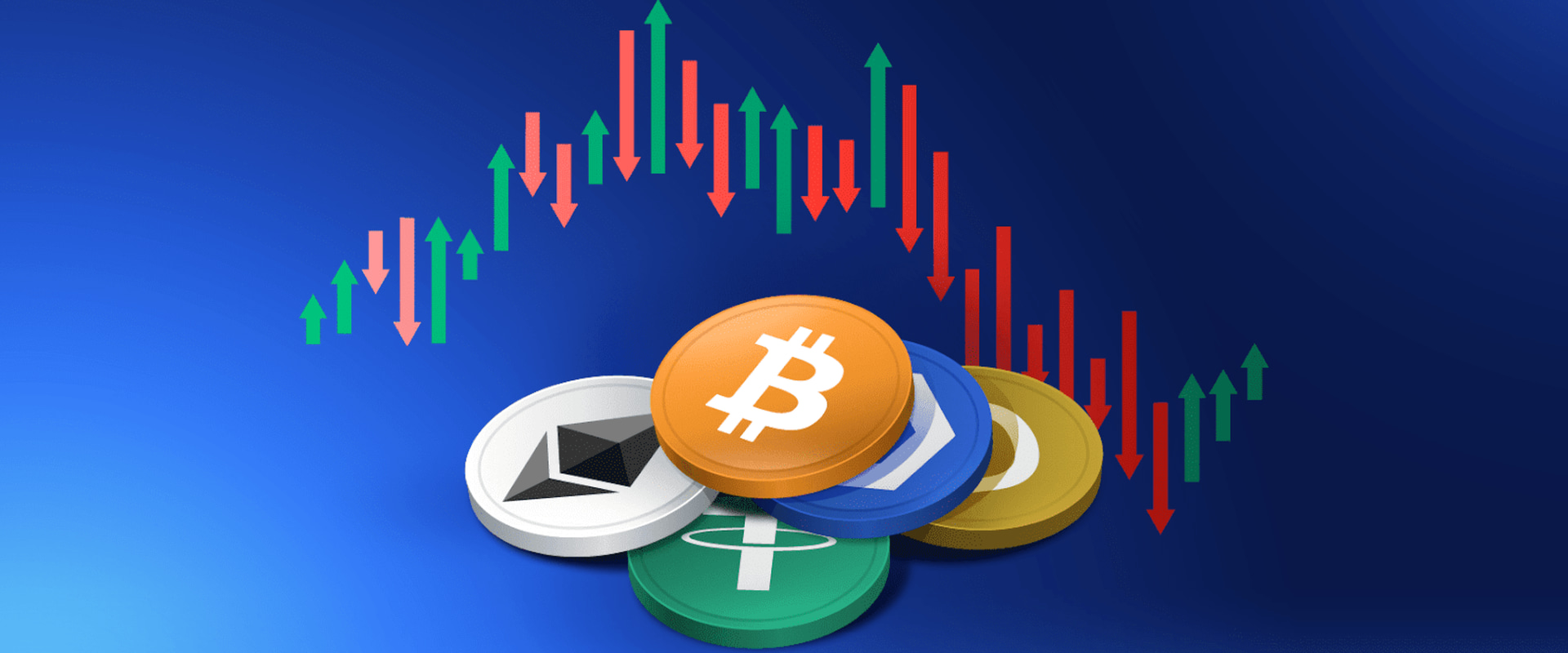
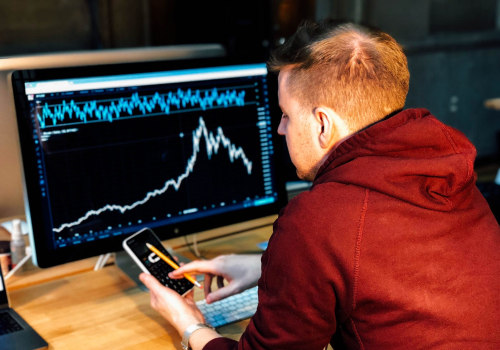
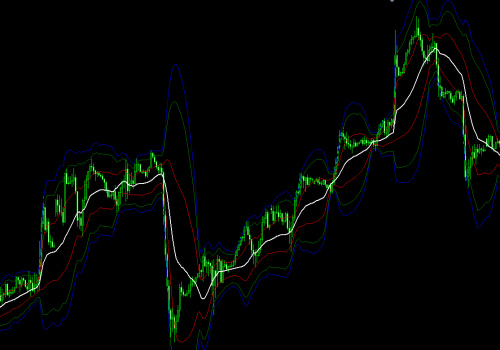
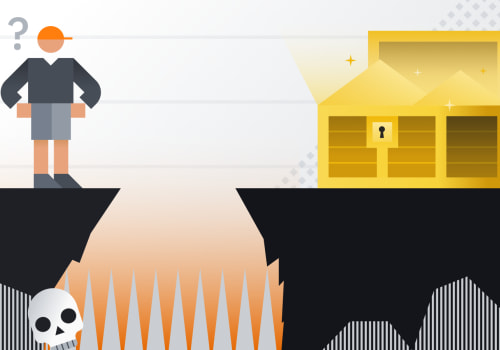
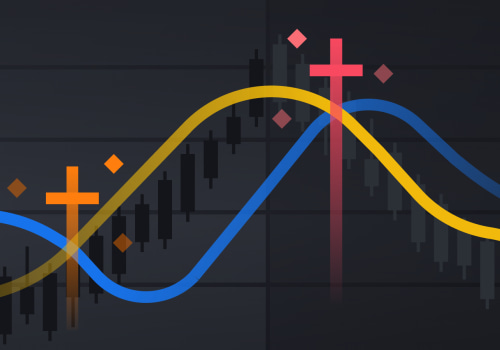

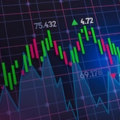

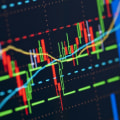
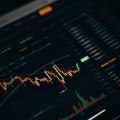

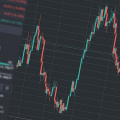
Leave Reply